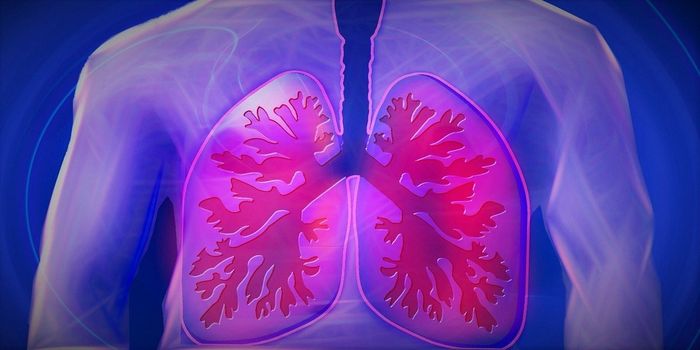The peak of Mauna Kea, a dormant volcano on the island of Hawaii, is nearly 14,000 feet (4,207 meters) above the sea level. This makes it the tallest point in Hawaii, and one of the best sites in the world for serious star gazing. And if you ever have a chance to visit the Mauna Kea summit, you'll hear plenty of caution about the altitude change and how to prepare your body. So, what does going higher off ground do to your body?
Most of the effects of high altitude stem from lower air pressure, which leads to fewer oxygen molecules in the air at these levels. High altitude is defined at being at or greater than 8,000 feet above sea level, which translates to around 25 percent less oxygen molecules available for every breath you take. At the Mauna Kea summit, there around 40 percent less oxygen than at sea level.
Not having a lung full of oxygen molecules can take a significant toll on the body. This manifests in increased heart and respiratory rate, as your body is trying to get at more oxygen. People who don't acclimatize appropriately can be overcome with altitude sickness, which can include headaches, dizziness, and nausea or vomiting. Fortunately, the human body adapts well to most conditions, given the right acclimatization. As such, if you plan on visiting Mauna Kea or any other high altitude locations, heed the warnings to acclimate your body well!








